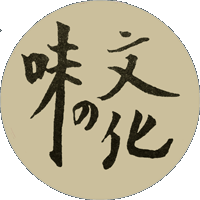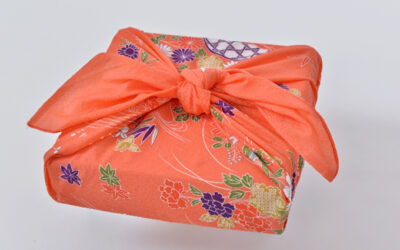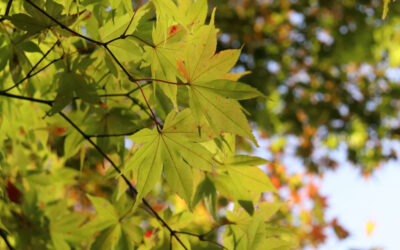
MA-GO-WA-YA-SA-SHI-I
(Grandchildren are kind)
This acronym helps speakers of Japanese remember the names of food groups that support a healthy diet. Each of the seven sounds represents a food group, while the total spells out a lovely adage (lauding the kindness of grandchildren).
MA refers to mamé (beans), GO refers to goma (sesame… and other seeds and nuts), WA is for wakamé and other kaisō (sea veggies), YA is for yasai (leafy and root vegetables), SA is for sakana (fish and other seafood), SHI is for shiitaké (mushrooms and other fungi), and I is for imo (potatoes).
Foods within each category have similar nutritional profiles. For example MA (beans) such as édamamé (green soybeans), daizu (dried soybeans), and adzuki (red beans) are all high protein and fiber, low fat and rich in potassium, magnesium and vitamin B. Tōfu (within the “bean” category) is also an excellent non-dairy source of calcium.
All sea veggies (the WA, above) are rich in calcium, Vitamin K, and niacin (Vitamin B-3) that helps keep your skin, nervous system, and digestive system healthy.
All fish (the SA, above), but especially those the Japanese call hikarimono or “shiny fish” such as katsuo (bonito), maguro (tuna), saba (mackerel), and iwashi (sardines), are high protein and excellent sources of Omega-3 fatty acids.
Although potatoes (the I, above) are often maligned in Western diets as an unwelcome carb, they are rich in potassium and fiber, that supports healthy kidney function.
Visit my PROJECT Grandchildren are Kind for recipes to help you delishiously incorporate these health-promoting foods into your diet.
And, if you haven’t yet read my July 2024 newsletter about ma-go-wa-ya-sa-shi-i, check it out.




